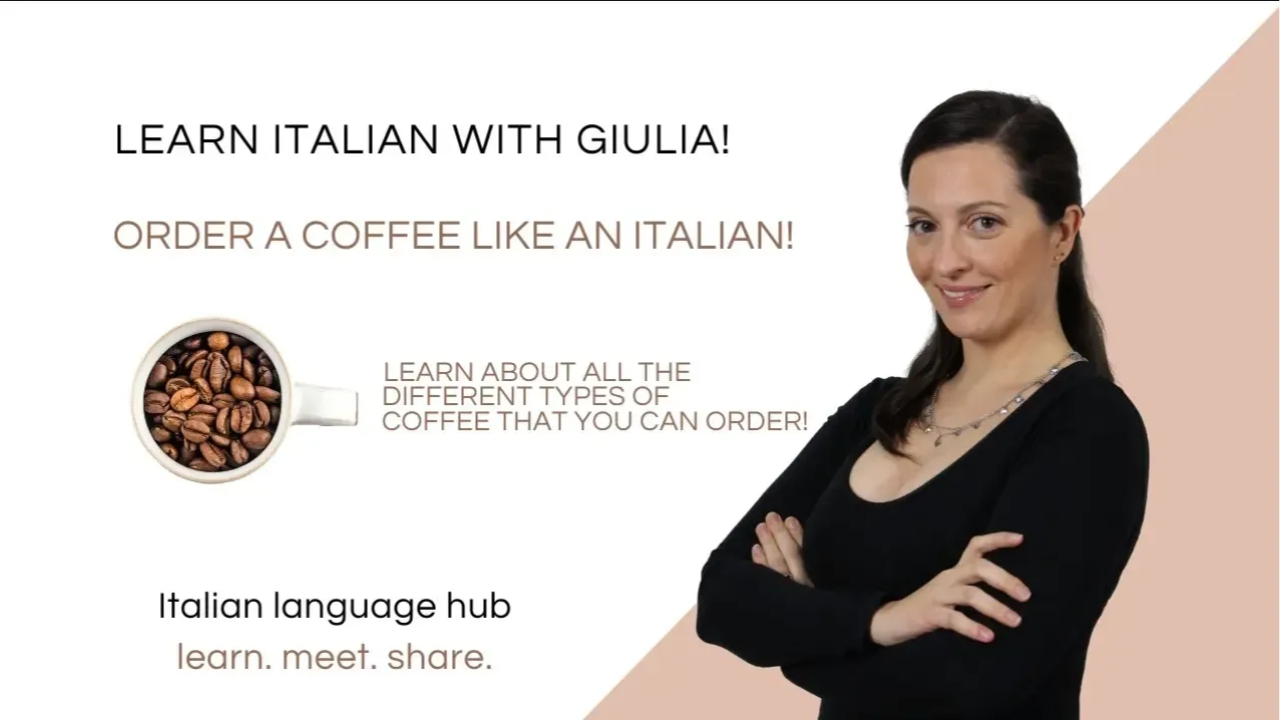Italianize Yourself
Full immersion on all that's Italian.
Fun Facts. Italian Culture. Language Insights.
Learn Italian Basic Greeting... Ciao, Buongiorno and lots more!
CIAO is absolutely "THE GREETING" that everybody knows and uses especially when they think of Italian words.
If you come to my area... so near Milano...you will hear it like this “ueeeeh ciaoooo! We like to emphasize everything by adding UEEEEH in front of any word!
Ciao is the simple Hello / H and you use it in INFORMAL situations with friends and family or people that you know very well. It can be hello or goodbye
- Ciao, ci vediamo domani!
- Ciao a tutti!
Buongiorno! Good morning… you can actually use this throughout the whole day even if it’s not specifically morning… do not use it when you are sure it’s evening… in this case you can say BUONASERA.
Unlike Ciao you will use this in formal situations… for example with people that you do not know… when you enter a shop or when you greet your boss.
- Buongiorno Sig.ra Paola! Come sta?
- Buonasera Maria sto bene grazie!
In this case you use these when you greeting somebody so when you arrive and when you leave you could say:
...Drink Coffee Like a Real Italian!

You know that we Italians have a problem when it comes to coffee... for us it's very important and we insert it in our daily routine.
Some Italians cannot start their day without their "solito espresso" (usual espresso coffee) and will drink it only at their favorite bar close by home. Coffee is not just a drink but it is truly a lifestyle.
When you go to an Italian bar you will notice that most people will simply ask for an "espresso," but the options from which to choose from are a lot!
For example I usually ask for "un espresso macchiato caldo"... or un "marocchino"... are you curious to know what they are? Look at the video and learn about the different types of Italian coffee that you can order and learn how to actually order one in the Italian way!
Italianize Youself!
Pronouncing GN in Italian... master this sound with a fun exercise!
"Gnomo, gnocchi, stagno, lasagne, cognome... oh mamma mia!"
Yes, even if in last week's post I talked about the fact that Italian is a phonetically spelled language I immediately have to warn you about a difficult exception... and I'm talking about the "gn" sound in Italian.
Why is this sound so complicated?
If we think of English we do have those letters together in many words... and trust me they are quite difficult also for us Italians to correctly pronounce... think of these words:
- pregnant (/ˈprɛɡnənt/)
- sign (/sʌɪn/)
- campaign (/kamˈpeɪn/)
You are actually pronouncing "GN" in 3 different ways! So it is quite normal for us Italians to not be able to pronounce them correctly and it is obviously hard for all English speakers to want to pronounce the "Italian gn" them in one of those 3 ways! Usually English speakers tend to pronounce the Italian "gn" like the English word "pregnant".
The best way to learn and to pronounce correctly the Italian "gn" sound is to listen to i...
Why Start with the Alphabet? I'm Not in Preschool!
You are right! You are not in preschool... but you are beginning to learn a new language with new sounds... maybe sounds that are completely different to those of your mother tongue!
Do not be scared to start from the basics! When you learned your mother tongue language around the age of 2 you learned by repeating the sounds that you heard from those around you... you didn't jump immediately to grammar... right?!
For those of you who have taken some of my beginner's courses... I know what you are thinking… AGAIN??? haaaa Giulia you are obsessed with this!
Well it’s not an obsession but it’s the building blocks of a language… Italian is often defined as a "phonetically spelled language” (lots of debates on this topic!)… but this means that each written symbol USUALLY corresponds to a single sound… so if you get the sounds of the Italian alphabet down you are half way there to pronouncing everything correctly!
Obviously there are exceptions… but hopefully I convinced you watch th...
Did you hear of the man who memorized the entire French dictionary to win a Scrabble competition?
Amazing but true! The New Zealander Nigel Richards apparently memorized the entire French dictionary to be able to win the "Francophone World Scrabble Championship!"
Does he now speak French? Well... according to Yves Brenez, the vice president of the Belgian Scrabble federation and organizer of the championship, “Nigel will say ‘bonjour’ with an accent and he can also give the score in French, but that’s all."
So memorizing words is not the way to go if you are looking to boost your vocabulary to a new level! Plus think of how hard it is to memorize words especially if they are so different from those of your mother tongue language!
I have personally tested this because when I was a young student in the US, studying for my SAT's, I remember I used to sit for hours and hours trying to remember super complicated words that honestly I probably forgot immediately after having taken the test!
Many of my students are in this same situation!
The question that comes up very often is "Ho...


